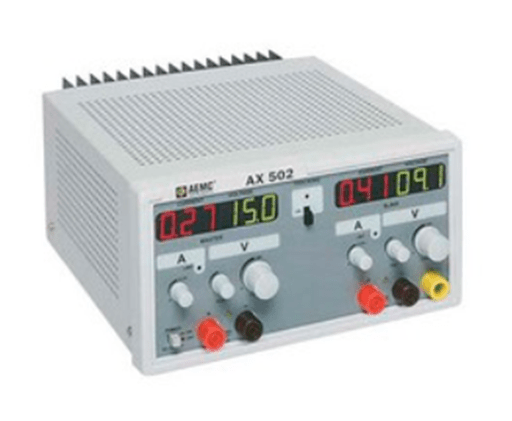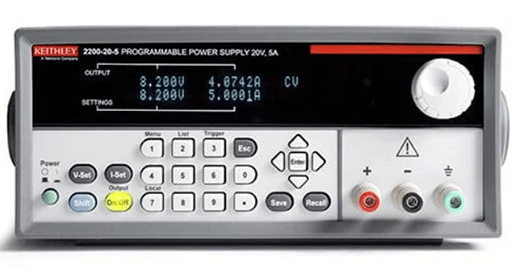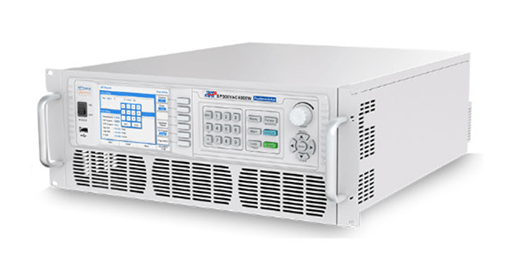
Figure 1: Power supply.
(Go to Okmarts and pick the Power Supply you need)
1. Definition
Power Supply is a device that converts other forms of energy into electrical energy and provides electrical energy to circuits (electronic equipment).
The power source is based on magnetic generation, which means electricity is generated by renewable energy such as hydraulic power, wind power, sea tide, dam water pressure difference and solar energy, as well as burning coal and oil residue.

Figure 2: Renewable power generation.
The common power supply is dry battery (DC) and household 110V-220V AC power supply.
2. Working Principle
Generators can convert mechanical energy into electrical energy, and dry batteries can convert chemical energy into electrical energy. The generator and the battery itself are not charged. The two poles of the battery have positive and negative charges respectively, and the voltage is generated by the positive and negative charges (the current is formed by the directional movement of the charge under the action of the voltage). The charge conductor only needs to apply voltage to generate current. When the two poles of the battery are connected to the conductor, it releases the positive and negative charges in order to generate current. Dry battery is the most common power supply. The device that converts alternating current into direct current through transformer and rectifier is called rectifier power supply. Electronic devices that can provide signals are called signal sources.
3. Classification
3.1 DC Power Supply

Figure 3: DC power supply.
The DC power supply has positive and negative electrodes. The potential of the positive electrode is high and the potential of the negative electrode is low. When the two electrodes are connected with the circuit, it can maintain a constant potential difference between the two ends of the circuit, so as to form a current from the positive electrode to the negative electrode in the external circuit. The difference of water level alone can not maintain a stable water flow, but by continuously sending water from low to high with the help of water pump, a certain water level difference can be maintained to form a stable water flow. Similarly, the electrostatic field generated by the charge alone cannot maintain a stable current. With the help of DC power supply, the positive charge can be returned from the negative electrode with lower potential to the positive electrode with higher potential through the interior of the power supply. In this way, the potential difference between the two electrodes can be maintained, so as to form a stable current. Therefore, DC power supply is an energy conversion device, which converts other forms of energy into electric energy supply circuit to maintain the stable flow of current.
3.2 AC Power Supply

Figure 4: AC power supply.
The AC power supply that can provide a stable voltage and frequency is called AC stable power supply. The work of most domestic manufacturers is to stabilize the AC voltage. The following describes the characteristics of some AC power supplies in the market. The basic principle of voltage stabilization of power supply is LC series resonance, and the early magnetic saturation regulator belongs to this category. The advantages of AC power supply include: simple structure, fewer components, high reliability, wide voltage stabilizing range, strong anti-interference and anti overload ability. The disadvantages include: high energy consumption, much noise and high cost.
Related Info
What is A Safety Light CurtainWorking Principle and Composition of Safety Light Curtain?
How to Install The Safety Light Curtain?
How to Repair The Safety Light Curtain?


